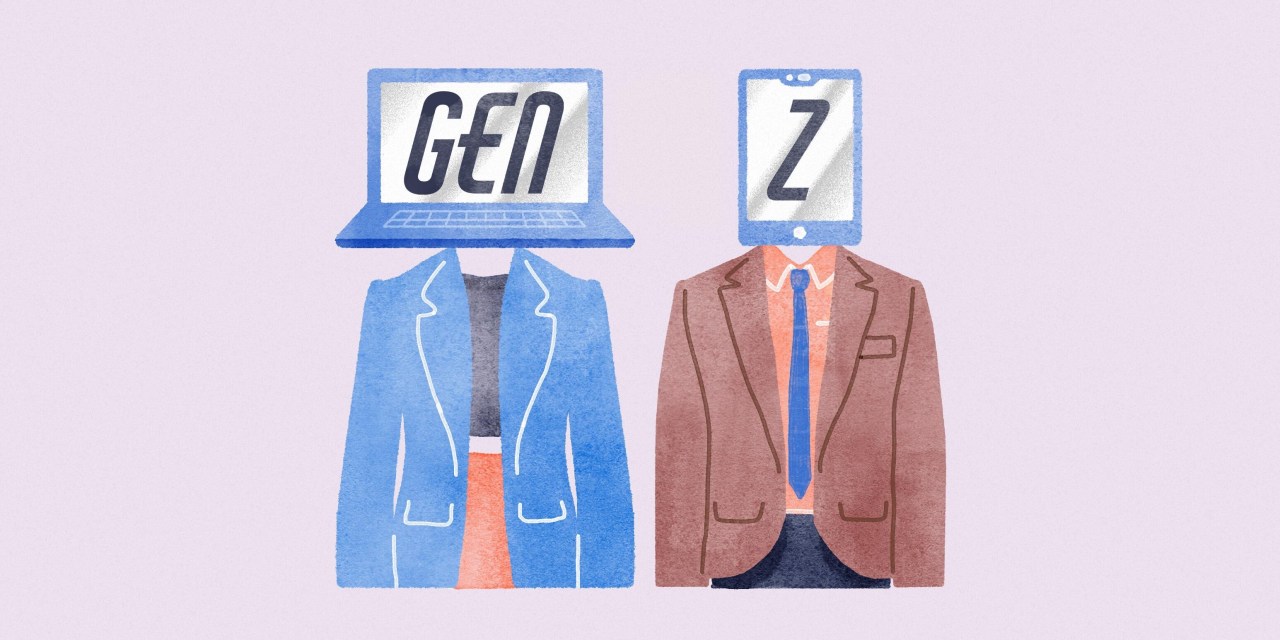WTF is Quittok – and why Gen Z is increasingly doing it when they leave jobs

You’ve heard of quiet quitting but what about loud quitting?
Last year, there was a great deal of noise about quiet quitting — namely, doing the minimum amount required per someone’s job description. Gen Zers led that trend. (Click here for WorkLife’s guide to The Quiet Workplace).
Now many young professionals are taking a very different approach to head for the exit, being as loud as possible by live-streaming their resignations on social media. Their platform of choice: TikTok. Hence the inevitable hashtag #quittok.
So what exactly is quittok?
In a nutshell, it is all about live-quitting on TikTok.
Jeremy Reis, Tennessee-based author and founder of Explore Startups, which offers practical advice to help new ventures, called the quittok movement “a bizarre social media stunt” that sees younger generations resigning from their jobs via a live stream. He added: “Some are seen to quit in the office or place of work itself, whereas others are posting about quitting their jobs in the safety of their own homes.”
Where does quittok come from?
There are examples of people streaming live footage of their resignations dating back a couple of years – when an entire team of McDonald’s workers departed mid-shift and posted about it in June 2021, it attracted over 16 million views. Now, though, people are taking this approach with increasing regularity.
The short clips are often shocking, usually awkward, sometimes funny, and always compelling. And they are incredibly popular. At the time of writing, #quittok had gained over 40 million views on TikTok.
Why are people using TikTok to show themselves quitting?
Well, mostly because it can amplify their message (and — rather cynically — generate a large number of views and interactions). With 150 million U.S. users, TikTok is currently one of the country’s top-ranking apps – although that could change if Joe Biden’s government intervenes.
Ben Austin, founder and CEO of Absolute Digital Media, said “The origins of #quittok might be blurred, but what we do know is it’s increasingly becoming a trend in the workplace, with Gen Zers citing its positivity, enabling young people to stand up for themselves, prioritizing their health and well-being and showcasing that it’s not always about the money.”
Who is driving this trend, and why?
Like many TikTok-led trends — Gen Zers. And no, it was not because they are regarded as “generation quit,” stressed Joe Brailsford, CEO of Seed, a London-based firm that helps brands understand Gen Z. Quite the opposite, he argued. “Gen Zers are leaving their corporate jobs not because they’re lazy or entitled,” Brailsford wrote on LinkedIn. “It’s because of toxic work cultures and the value they place on having a healthy work-life balance. They are eager to climb the career ladder but only for the right company.”
Austin agrees that Gen Zers are fuelling the trend. “It’s clear that having grown up part of the internet culture, it’s somewhat a rite of passage to post major and even minor milestones, updates, and personal information online. Unfortunately, it’s making its way into the workplace,” he said.
What are the benefits of quitting on TikTok?
Mike Jones, an employee well-being and engagement consultant and founder of Better Happy, said: “It creates radical accountability for businesses. If managers are being idiots, it will get called out.”
Australian Christina Zumbo, who performed a quittok last year, recently told the BBC that taking such action would boost the confidence of the poster. Further, it showed that “you are in control of your own happiness, you make the decisions for your life, and a job is just a job sometimes – not your whole identity.”
What are the downsides of quittoking?
“It doesn’t come across overly professional from the person doing it,” said Jones, “and it might affect them getting a future job.” He added that managers and business leaders might fear this approach being “weaponized against them” and respond by constantly trying to please employees. But he warned such a reaction “would not be good for business or employees.”
Austin agrees it’s not necessarily a good look for the exiting employee, as well as the employer. “From an employer’s perspective, these videos are a public way of potentially airing dirty laundry,” he said. “It can look negative on the employer as prospective employees would question the authenticity, morals, and cultural position that business holds.”
Looking at it from another angle, he urged posters to consider the long-term consequences of going public. “You’ve got to be careful as once you’re part of this social media revolution, your digital footprint is available to future employers, meaning future job prospects could hinder as a result,” Austin added.
Reis asked: “Would you want to hire someone who could potentially talk negatively about the company through a quittok video?” He added that those candidates may likely “be overlooked for positions due to the fear that the company’s reputation could be ruined.”
What should businesses do to ensure Gen Zers – and others – don’t resign, on social media or in general?
Brailsford said it was essential to “foster a culture of accountability – not a blame culture.” Next, provide all team members with a “clear progression plan” that would help identify areas where people wanted to “develop and grow.” Finally, organizations should “enable your employees to work with clients they’re passionate about.”